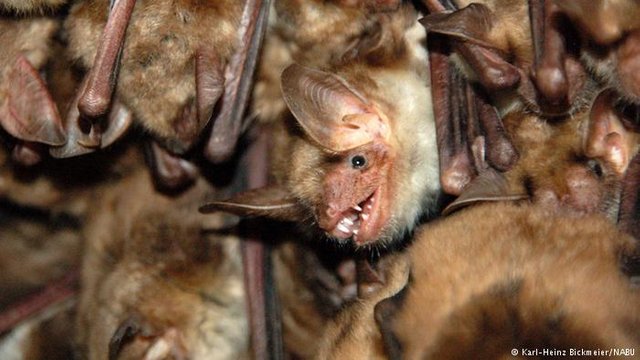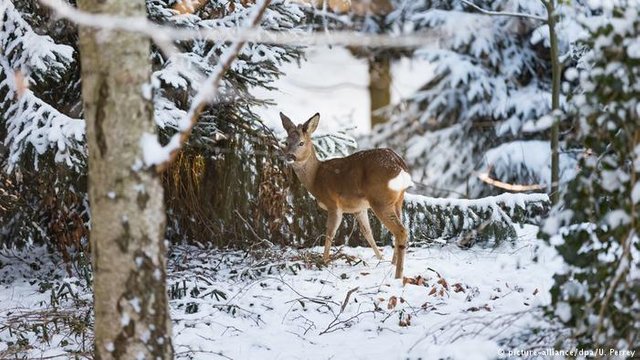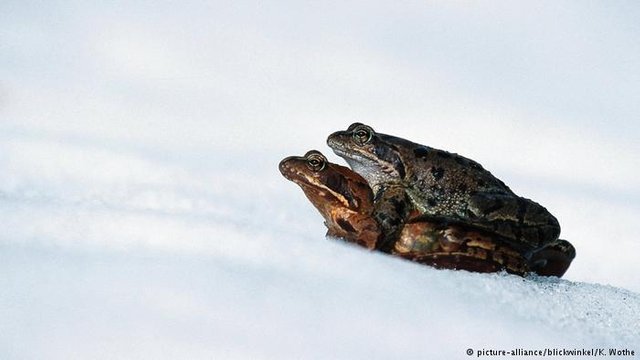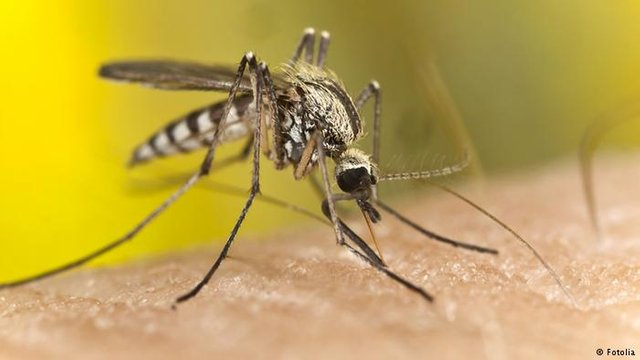The tricks of animal and bird secrets to cope with the harsh winter cold
part (1) How can small animals and birds fragile limbs survive during the harsh winter while we thrive and wear winter gloves and coats? They simply resort to some tricks that help them avoid the consequences of the severe cold.
Love provides warmth
Bats resort to hibernation in caves not covered by ice, as they resort to cellars and to home-made houses where they form colonies and embrace each other. It reduces the temperature of its bodies to a lesser extent than its surroundings, and the mating occurs in the winter but actual fertilization occurs when the weather rises. By the time of the birth of the bat chicks, the summer season is due to come.

Please do not Disturb
Some large-scale mammals, such as deer and wild pigs, do not go to winter hibernation and therefore need to secure some food throughout the winter, and they must not move much with the aim of providing energy in their bodies. Any inconvenience to these animals may endanger them, if you see any of them in the forest you have to stay away from, as you do not allow your dog to bother her either.

Reduce mobility and save energy
The two frogs come over the ice and do not bring any movement, but they will not stay long, they usually seek amphibians and reptiles to shelter in caves and small cracks, and to keep their body temperature very low during the winter hibernation period.

Mosquitoes activate winter
In the harsh winter, most insects hide in cracks and holes, in haystacks and in rocky areas. Mosquitoes may be excluded from this because their eggs can survive even in frozen waters. Mosquitoes can be seen even in the middle of the winter. Mosquito insects are present where human populations exist, and mosquitoes can lay their eggs on roofs and ponds.
